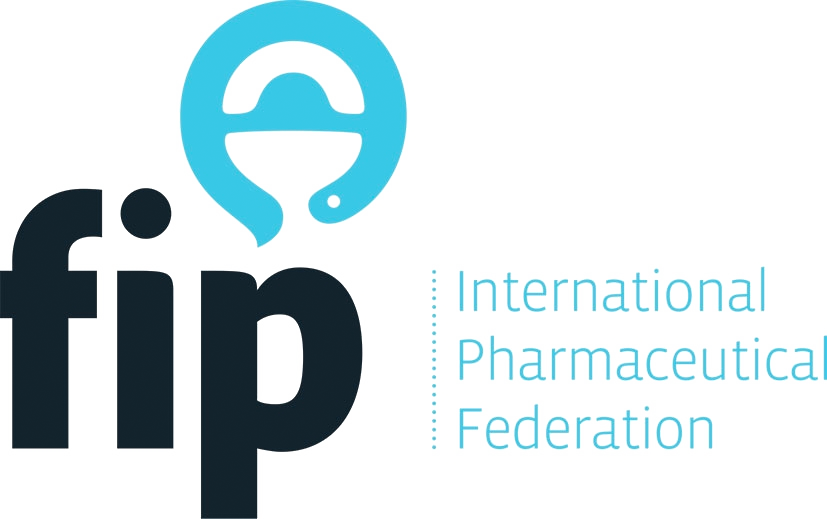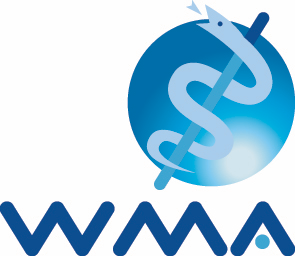Health professionals and the COVID-19 vaccines

Currently, the COVID-19 pandemic kills more than 12,000 people per day and there is no effective therapeutic strategy. The infection spread is cryptic, so that containment can only be reached by strict isolation. However, even complete isolation would not eradicate the virus in a reasonable time to allow the world to survive economically.
Health professionals and care personnel continue to be on the front line of the fight against this virus. Race, ethnicity, underlying health conditions, occupation type, and job setting can contribute to health professional’s risk of acquiring COVID-19 and experiencing severe outcomes, including death. By providing critical care to those who are or might be infected with the virus, health professionals have a high risk of being exposed to and getting sick with COVID-19. Early vaccine access is critical to ensuring the health and safety of this essential workforce, protecting not only them but also their patients, families, communities, and the broader health of countries.
The vaccines which are currently being rolled out internationally are highly effective, by all standards. The unprecedented development, approval and roll-out of the vaccines has unsurprisingly raised some questions amongst health professionals.
Why were the vaccines developed so quickly?
It took 330 days from the identification of the unknown virus until the first vaccine was approved. The global scientific effort that took place in 2020, at the same time as the corona pandemic was raging, is unparalleled in the history of medicine. The explanation? The most important thing is that everyone has worked together.
- What caused the disease quickly became known. The fact that it could be stated that it was a coronavirus and that the genetic code was published early, meant that the research world did not have to spend time discovering and understanding the disease mechanism. This is the basic research that is often normally required. The coronavirus group of viruses have been well studied in the past, and there was an understanding that they can be very deadly, based on previous outbreaks of SARS and MERS.
- Existing coronavirus development projects. Researchers were able to start from knowledge of how the body reacts to coronavirus from previous coronary epidemics and vaccine development projects. Knowledge of how the immune system reacts to coronavirus and different parts of the virus is indicative and crucial in vaccine development, and important information was already available here (e.g. the importance of the spike protein).
- Extremely high priority. Due to the serious pandemic, many actors gave vaccine development extremely high priority. Personnel and other resources were restructured quickly and to a very large extent allocated to vaccine research and development. This has enabled very large clinical studies in different parts of the world. On average, more than 50,000 people are included in the studies for these vaccine candidates.
- Strategic collaboration between actors, to an extent we have not seen before. (Small biotech companies in collaboration with large vaccine companies, universities that collaborate with vaccine companies). But also, collaboration between companies and authorities, both regionally and nationally.
- Scientific and technological development. When the genetic code became known, modern biotechnology and molecular biology made it possible to develop vaccine candidates in a completely new way compared to 20 years ago. Simply put, in this situation we can tailor vaccines with high precision.
- Parallel processes. Different development steps were, in some cases, performed in parallel instead of one after the other. Preclinical development and clinical trials are ongoing. This has shortened the total development time.
- Preparedness for vaccine development. At the beginning of the year, there was an international preparedness for vaccine development in the event of a pandemic. The clearest example is CEPI (Coalition for Epidemic Preparedness Innovation), an international consortium based in Oslo, with several development projects underway.
- Early international agreements. The fact that the USA and the EU signed agreements early with vaccine development companies facilitated both large-scale clinical studies and premature large-scale production build-up, something that normally only takes place after regulatory approval.
WHPA’s member, FIP, organised a webinar on "Communicating vaccine safety, building vaccine confidence" that addressed some of these points.
Why were the vaccines authorized so quickly?
The health professional community have been asking for an acceleration of these medicine development procedures long before the COVID-19 pandemic. Now the administrations have applied these and governments have put money into the process to reduced economic-related delays, we should not criticize now what we have been asking for.
The rapid authorization resulted from several factors including:
- The high pressure placed on health systems by COVID-19
- The devastating economic and social consequences of the pandemic that demanded urgent measures
- The early availability of phase III trials efficacy and safety data for the vaccines that were approved
- The availability of resources and prioritisation and coordination of efforts by regulatory agencies
The WHO also played a role in this in various ways:
- Harnessing a broad global coalition to develop and evaluate candidate vaccines as quickly and safely as possible by convening and coordinating multiple public and private partners and using the best scientific and public health evidence and ethical principles.
- Mapping candidate vaccines and their progress across the world and fostering regular open dialogue between researchers and vaccine developers to expedite the exchange of scientific results, debate concerns and propose rapid and robust methods for vaccine evaluation.
- Defining the desired characteristics of safe and effective vaccines to drive and focus research that is public health and needs oriented.
- Coordinating clinical trials across the world to accelerate multiple actions with the aim of providing a safe and effective vaccine as early as possible.
The WHO Emergency Use Listing procedure for vaccines against COVID-19 has also contributed to accelerating registration processes worldwide and has supported countries with less robust regulatory agencies in regulating the use of these vaccines (and tests and treatments) in their countries:
Status of COVID-19 Vaccines within WHO EUL/PQ evaluation process as of 1 Feb 2021
Use of Emergency Use Listing procedure for vaccines against COVID-19
WHO video on "Getting vaccines, medicines and tests ready for emergency use"
The WHO issued its first emergency use validation for a COVID-19 vaccine on 31 December (for the Pfizer-BioNTech vaccine)
“Personally, I cannot speak for the emergency authorizations in the UK, Israel, Russia and China, because I don’t know them. But I trust the FDA recommendations in the US and I know that the expedited process by the European Medicines Agency (EMA) cuts no corners when it comes to ethics, safety and effectiveness. I know these people and I trust their integrity.” Otmar Kloiber, WMA.
Are there long-term damages or complications that we should worry about?
Based on the published scientific evidence from clinical trials of the currently approved COVID-19 vaccines, these have demonstrated to be safe. COVID-19 vaccines were tested in large clinical trials to make sure they meet safety standards. Many people were recruited to participate in these trials to see how the vaccines offers protection to people of different ages, races, and ethnicities, as well as those with different medical conditions.
There are currently no robust grounds to suggest that vaccines may present long-term safety problems. However, as with all vaccines and medicines, safety will continue to be monitored over time in the context of "real life" use, and any adverse events will be monitored and analysed at national, regional and global level. The long-term significance of these effects is not yet known but the regulators will continue active investigation and provide updates as new data emerge, which can inform COVID-19 clinical care as well as the public health response to COVID-19.
“Rejecting the vaccination for a very hypothetical reason, is like rushing out with the emergency car to an accident site and then denying the wounded to bring them to the hospital, because one may have a traffic accident on the way.” Otmar Kloiber, WMA
It is also important to remember that uncertainty is true for all new therapeutic strategies. However, what is certain, is the thousands of people dying every day from this virus.
WHPA believes that any decisions related to healthcare provision, vaccinations, treatments and other strategies, must be based on the most robust, current and peer-reviewed scientific evidence available. Health professionals and care personnel continue to be on the front line of the fight against this virus. We recommend that members of the public with concerns about COVID-19 ask their health professionals for advice.
©2019 World Health Professions Alliance




